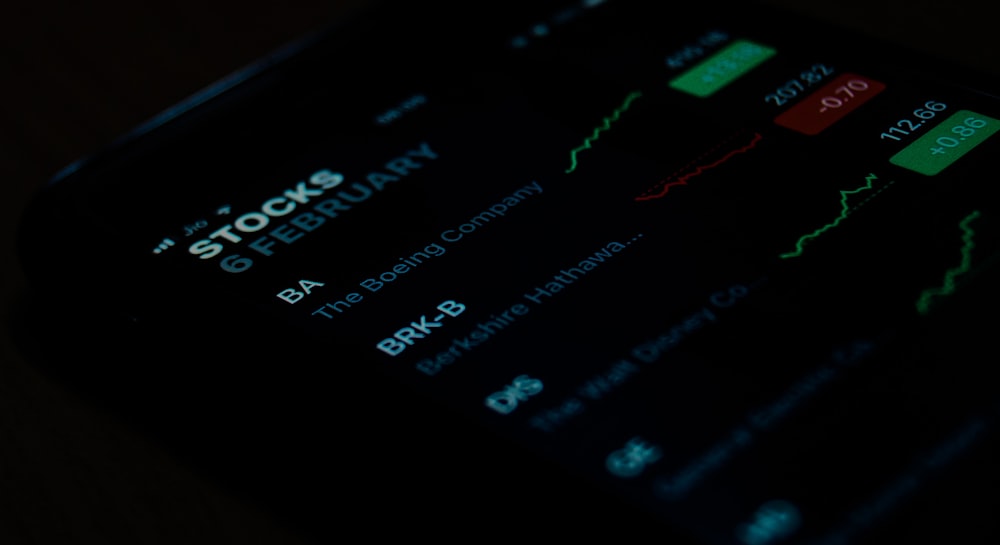Understanding Exchange Rates: Navigating the Currency Markets
Introduction to Exchange Rates
Exchange rates are a crucial aspect of international finance, determining the value of one currency in relation to another. For businesses, investors, and travelers, understanding exchange rates is essential for making informed decisions in the global economy.
Factors Influencing Exchange Rates
Several factors influence exchange rate movements. Economic indicators such as inflation rates, interest rates, and GDP growth can impact a country’s currency value. Political stability, trade balances, and market sentiment also play significant roles in determining exchange rates.
Impact of Exchange Rates on International Trade
Exchange rates directly impact international trade by affecting the cost of imported and exported goods. A strong domestic currency can make exports more expensive and imports cheaper, leading to trade imbalances. Conversely, a weaker currency can boost exports but increase the cost of imported goods.
Currency Exchange Strategies for Businesses and Investors
Businesses and investors employ various strategies to navigate exchange rate fluctuations. Hedging techniques such as forward contracts, options, and swaps can mitigate risks associated with currency volatility. Additionally, diversifying currency holdings and timing transactions strategically are common practices.
The Role of Central Banks in Exchange Rate Management
Central banks play a crucial role in managing exchange rates through monetary policy interventions. They may use tools like interest rate adjustments, foreign exchange interventions, and capital controls to influence currency values and maintain economic stability.
Currency Fluctuations and Risk Management
Currency fluctuations pose risks for businesses engaged in international trade. Currency risk management involves identifying exposure, assessing risk tolerance, and implementing hedging strategies to protect against adverse exchange rate movements.
Exchange Rate Forecasting and Market Analysis
Forecasting exchange rates is a challenging task that requires a deep understanding of economic fundamentals, geopolitical events, and market dynamics. Analysts use technical analysis, fundamental analysis, and econometric models to predict exchange rate movements.
Cryptocurrency Trends and Exchange Rate Comparisons
The rise of cryptocurrencies has added a new dimension to exchange rate dynamics. Bitcoin, Ethereum, and other digital assets experience significant price fluctuations, leading to volatility in cryptocurrency exchange rates. Comparing cryptocurrency exchange rates with traditional fiat currencies provides insights into market trends.
Exchange Rates and Macroeconomic Stability
Exchange rates are closely linked to a country’s macroeconomic stability. Persistent exchange rate fluctuations can impact inflation rates, interest rates, and overall economic performance. Central banks and policymakers often prioritize exchange rate stability to foster economic growth and stability.
Exchange Rate Impacts on Global Investment Strategies
Exchange rate movements influence global investment strategies, especially for investors with diversified portfolios across multiple currencies. Currency risk assessment, hedging strategies, and asset allocation decisions are critical components of effective global investment management.
Exchange Rate Benchmarking and Comparisons
Comparing exchange rates across major currencies helps investors and businesses assess relative currency strengths and weaknesses. Benchmarking against established currencies like the US dollar, euro, and yen provides a basis for evaluating currency performance.
Conclusion
Exchange rates are dynamic and multifaceted, reflecting the complexities of global economic interactions. Businesses, investors, and policymakers must stay vigilant, analyze market trends, and employ effective strategies to navigate exchange rate fluctuations successfully. Read more about Exchange rates
